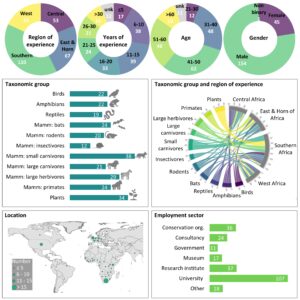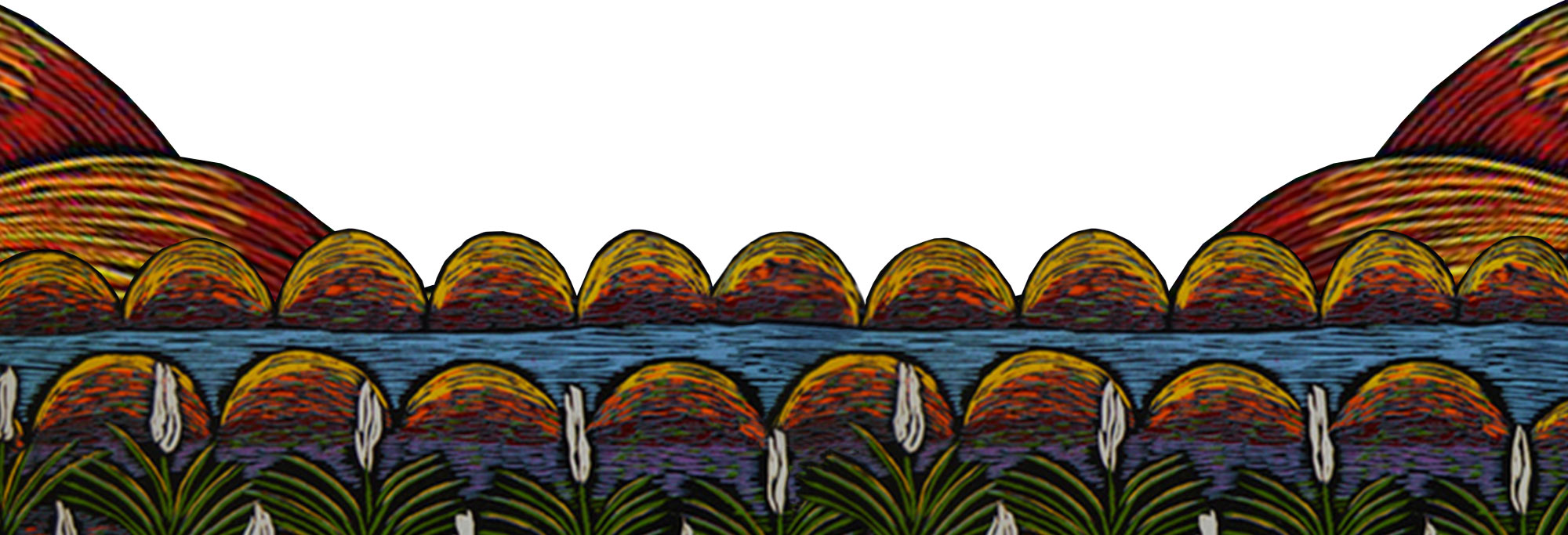
Stories of biodiversity change across Africa
You can explore the landscapes across Africa where the contributing experts work in this google earth story.
How it works
The Biodiversity Intactness Index (BII) assigns a score to region based on biodiversity experts’ advice on how various populations of species are affected by the land use and other human activities within that area. Since it is designed to integrate data from a wide range of land uses, species and environments, the BII offers a holistic perspective on the state of biodiversity in a particular region. The BII can be adjusted in scale and purpose (for example, at a national, province or municipal level).
The main output for this project will be an interactive map of BII across sub-Saharan Africa. This map will also feature insights from contributing biodiversity experts regarding the landscape changes they are seeing in their regions, and the implications for both biodiversity and people.
The data will be published open-access. The project will also publish insights into the link between the BII and the biodiversity planetary boundary, and linkages to human well-being across the continent.
Check this page for updates on project outputs and impacts.
Keep me updated!

You can explore the landscapes across Africa where the contributing experts work in this google earth story.

Here you will find the open-access bii4africa dataset, which was co-produced by 200 contributing experts in African biodiversity. It contains intactness scores representing terrestrial vertebrates (tetrapods: ±5,400 amphibians, reptiles, birds, mammals) and vascular plants (±45,000 forbs, graminoids, trees, shrubs) in sub-Saharan Africa across the region’s major land uses and intensities.
An initiative led by the Center for Sustainability Transitions (CST) at Stellenbosch University, in partnership with the South African National Biodiversity Institute (SANBI) and made possible through the JWO research grant.

The development of the BII depends on the input of experts across the continent to adequately represent African biodiversity. The index will be presented in a usable form for decision making. Join our network to get involved or to stay updated as the project progresses.